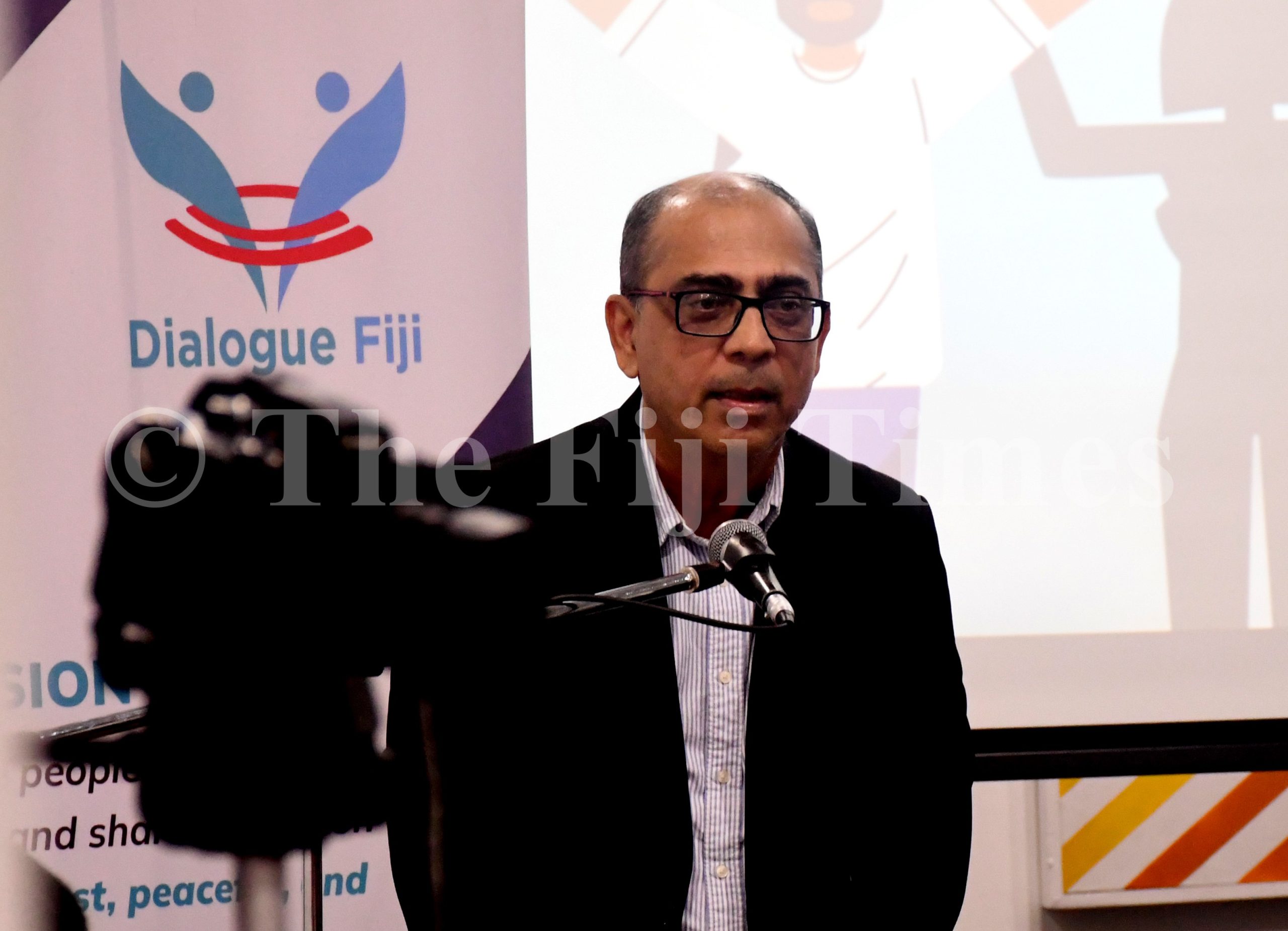THE media in Fiji should focus more on amplifying the voices of the people rather than giving the Government the “lion’s share” of coverage.
Associate Professor of Journalism at the University of the South Pacific (USP), Dr Shailendra Singh, made this suggestion during a Dialogue Fiji panel discussion for International Day for the Elimination of Racial Discrimination last week.
He said the media was meant to reflect society’s views, primarily those of the people, rather than the government.
He argued that prioritising government perspectives did not provide an accurate representation of society.
“The media are drawn to conflict, as well as prominent people,” Dr Singh said.
“You would have also noticed how politicians get the lion’s share of the coverage.”
He pointed out that front-page news and television headlines were often dominated by political figures, particularly a select few, shaping public narratives around race and ethnicity in Fiji.
Dr Singh also highlighted the need for more research on media practices in Fiji, particularly in comparison to countries such as Australia.
Citing a recent example, he noted how veteran Minister Pio Tikoduadua has spoken out on minority rights, the military’s role in democracy, and national unity.
However, he questioned whether enough attention was given to the broader conduct of Fiji’s leaders.
“The question is, what about our other leaders? What are they saying in Parliament? How are they conducting themselves?
“And are they promoting unity or building division?
“These are really crucial questions for us because, in a country like Fiji, our leaders often set the tone. So does the media truly represent society?
“If they focus largely on government and politicians, do media narratives accurately reflect our society?”



